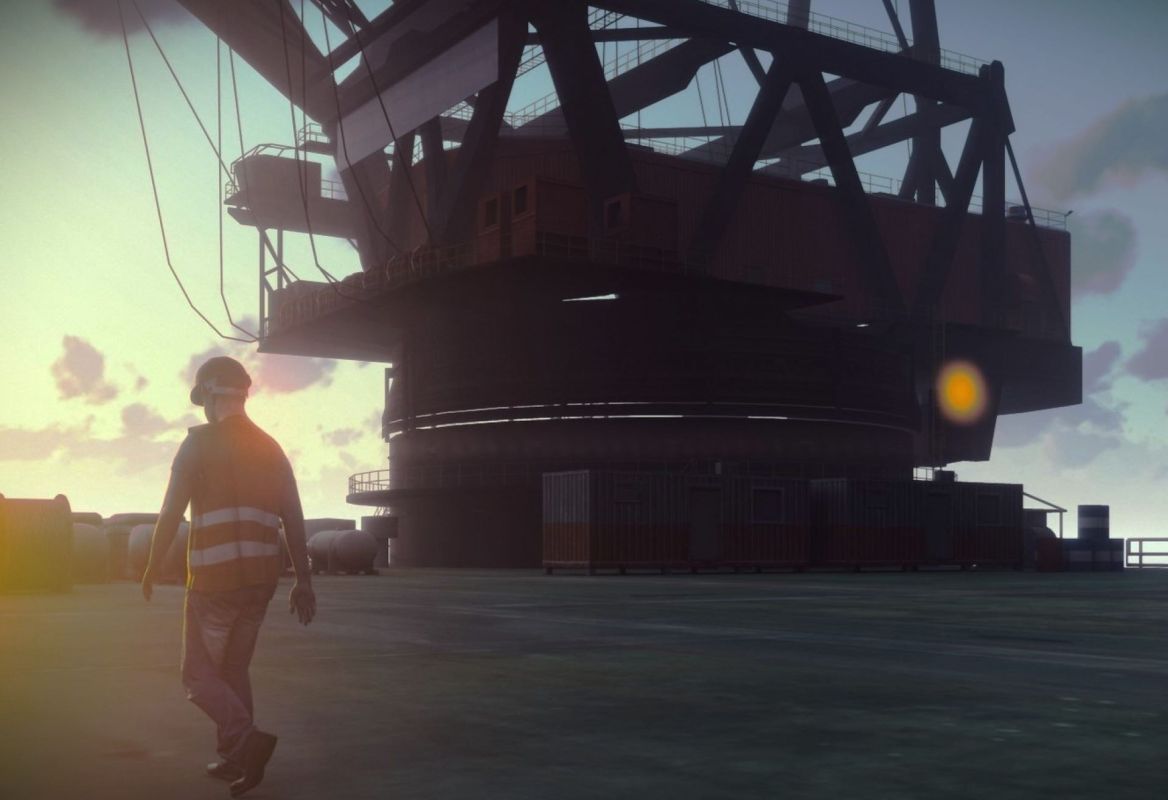Europe has been turning to wind energy to meet its power needs for decades now, but in the United States, the industry is basically just getting started.
Luckily, much of the existing infrastructure and workers in the Gulf of Mexico region that previously supported the oil and gas industries could fairly easily make the transition to wind, Bloomberg News reports.
Bloomberg spoke to several oil workers who have seen their job opportunities diminish since oil prices collapsed in 2014, and they all seemed more than amenable to working on clean energy.
"[The wind industry] keeps Cajuns working," Gary Chouest, CEO of Edison Chouest Offshore, a shipyard in Louisiana, told Bloomberg.
"I care that there's work," shipbuilding project manager Whit Carter told the outlet.
"[I've] been out of work for too long, so any work is good for me," Bernie Dunmiles, a self-described "roustabout" who sweeps and cleans tanks, added. "I'm happy to work on wind."
According to the U.S. Department of Energy, an offshore wind farm built in the Gulf could create almost 4,500 jobs worth $445 million (though those jobs would only last through the construction phase).
The Biden Administration has also "taken decisive action to jumpstart the American offshore wind industry," according to a White House press release. These plans are set to bring in "billions of dollars in investments … including $9.8 billion in new investments in 2022 alone."
All of this signals positive change for the nascent United States offshore wind industry and for the oil-turned-wind workers of the Gulf region. The main thing throwing a wrench in the gears of the wind industry right now is opposition from certain politicians, who have latched onto the issue in recent years.
That opposition is having an impact in Texas, where lawmakers have pushed a series of bills that could make it more difficult to generate clean energy in the Gulf of Mexico.
Join our free newsletter for cool news and actionable info that makes it easy to help yourself while helping the planet.









